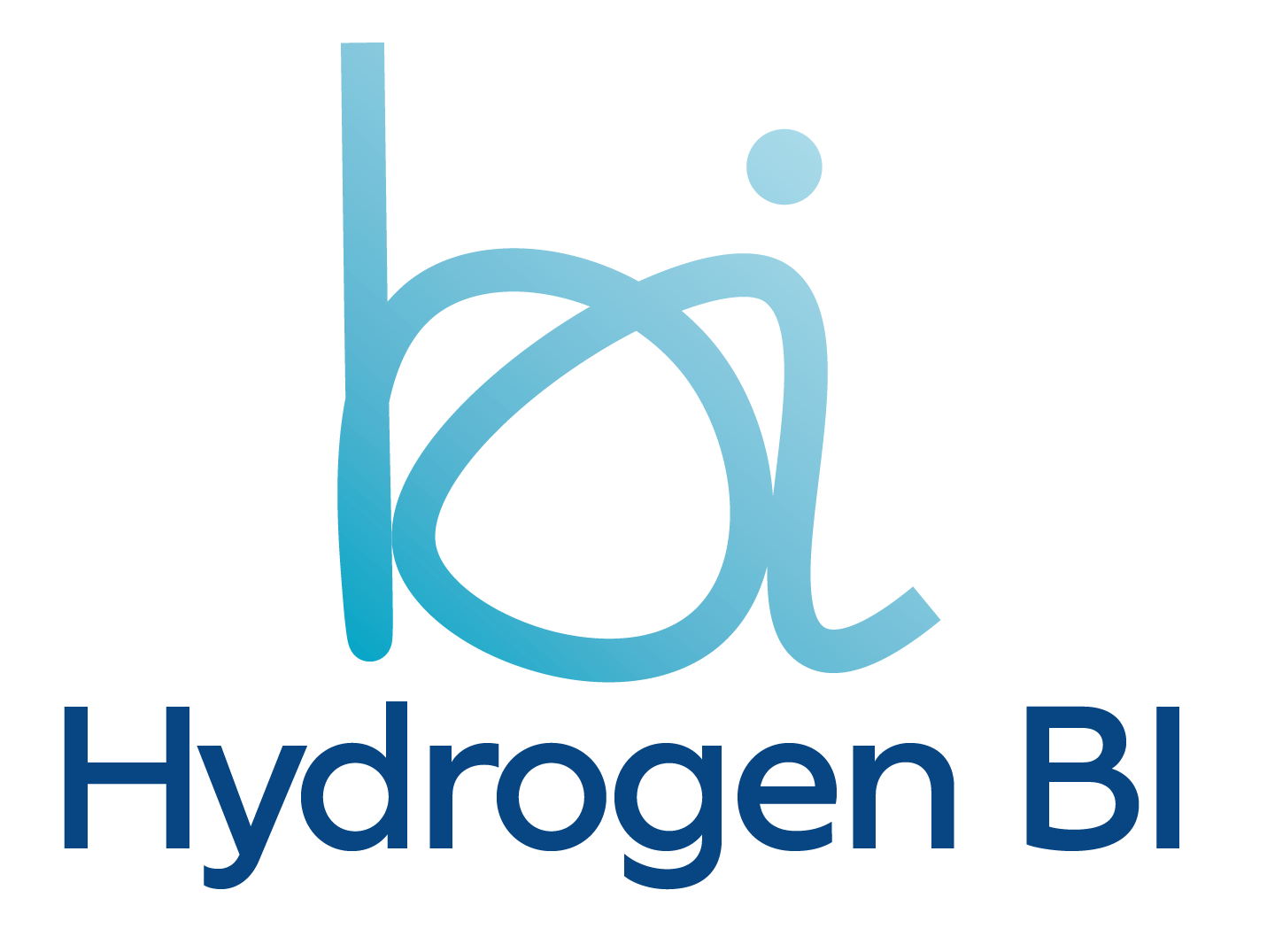How to Automate Weekly Reports Using Power Automate
- Alex Hughes

- Apr 30
- 2 min read
Weekly reports help teams stay aligned and make smart decisions. But creating them manually every week? That can be a real time-drain ⌛—and it opens the door to errors. Luckily, there's a better way.
With Power Automate, Microsoft’s workflow automation tool, you can automatically create and send reports each week—without lifting a finger after setup 🚀
In this beginner-friendly guide, we’ll walk you through how to automate your weekly reports step-by-step. No coding skills required!

Step 1: Know What Your Report Needs 📃
Before automating anything, take a moment to figure out:
What data your report needs (e.g. sales numbers, task updates, etc.)
Where the data is stored (Excel, SharePoint, a database, etc.)
Who needs to receive the report
How they want to see it (email, PDF, Excel file?)
Having this information ready will make the setup much smoother.
Step 2: Create a Report Template 📄
Design a template that will be used each week. It could be:
An Excel file stored in OneDrive or SharePoint
A formatted email body with key stats
Tip: If your Excel file pulls in live data (using formulas or Power Query), make sure it updates automatically or set it to refresh as part of the automation.
Step 3: Set Up Your Automated Workflow in Power Automate 🔄
Here’s a simple way to build your flow:
Start with a Schedule
Use the Recurrence trigger to run the flow weekly (e.g., every Monday at 9 AM).
Pull in Your Data
Add steps to grab data from sources like Excel, SharePoint, or a database.
You can apply filters or choose specific rows/columns if needed.
Fill Out the Report
For Excel reports: Use actions like "Add a row" or "Update a row" in your template.
For email summaries: Create a message that includes dynamic fields (like "Total Sales: $[value]").
Send the Report 📧
Automatically send it via email
Save it to a shared folder
Post it to a Teams channel or SharePoint site
Optional: Turn It Into a PDF
Want a clean, professional look? Use a premium connector like Adobe PDF Services or OneDrive to convert your file.
Step 4: Test Your Flow ✅
Do a test run:
Is the data correct?
Does the format look good?
Did it reach the right people?
Power Automate shows a detailed run history, so you can easily find and fix any hiccups.
Why Automate Your Weekly Reports? 🚀
Save hours every month
Cut down on human error
Deliver reports consistently, even when you're on vacation ✈️
Once set up, your reports will basically take care of themselves.
Need a Hand?
At Hydrogen BI, we help organisations get the most from their data tools. If you want to go beyond the basics or set up enterprise-level automations, our team is here to help.
📢 Book a free consultation to see how automation can boost your productivity.





